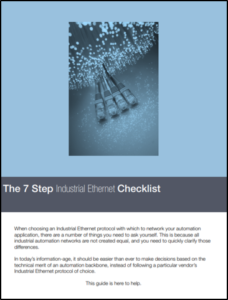There are three types of controllers used in industrial automation: Programmable Logic Controllers(PLCs), Distributed Control System(DCSs), and Programmable Automation Controller (PACs). In PROFINET terminology any of these is called a controller.
PLC
PLCs began as relay logic replacements in the automotive industry. They expanded to include analog inputs and outputs like o-10 Vdc or 4-20 mA. PLCs were originally limited to discrete (or factory) automation. The addition of analog capabilities has allowed them to be used much more broadly.
DCS
DCSs emerged to control process systems like oil refineries and water treatment plants. Now PLCs perform many of the same functions, but DCSs are integrated more tightly with the operator display (HMI, Human Machine Interface) and engineering configuration system.
PAC
PACs (Programmable Automation Controller) leverage ever-more-sophisticated computer capabilities to perform the same functions as PLCs and DCSs. In reality, PLCs and DCSs are controlled by computers, but they are generally proprietary in nature. PACs more closely resemble desktop computers in function but rugged for factory-floor use.
Any of these can be controllers in a PROFINET network.
For further study:
Control Engineering magazine article “PLC vs. PAC vs. IPCs.”
Wikipedia article, “Programmable logic controller.”
Wikipedia article, “Distributed control system.”
Wikipedia article, “Industrial PC.”
